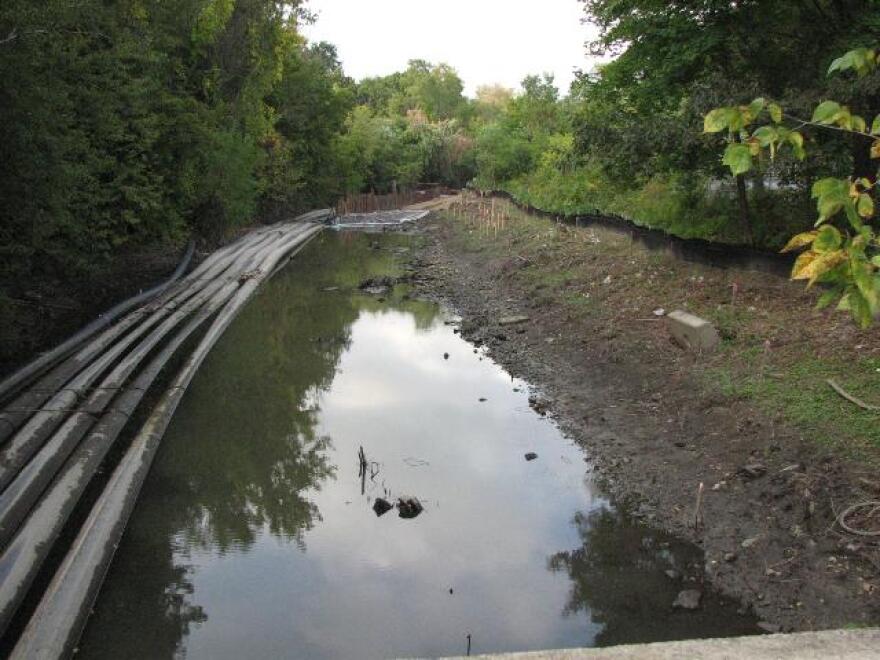Hosted by the Housatonic River Initiative, a non-profit dedicated towards clearing the Housatonic of PCB's for the past 20 years, panelists made the case for thorough cleanup along the rest of the river. General Electric and the EPA have already dredged the first two miles of the Housatonic from the GE site through Pittsfield. An EPA plan for the so-called "Rest of River," six miles of cleanup from Pittsfield to Woods Pond in Lenox, is still being developed.
Housatonic River Keeper Tim Gray moderated the community and panel discussion. Gray criticized GE for what he calls their "less is more" mentality, claiming the company thinks that the dredging would do more harm to the natural ecosystems of the Housatonic than good.
Panelists included Dr. David Carpenter, a neurotoxicologist and professor at SUNY Albany, who has done extensive research on PCB contamination in the Hudson River. Thomas Tyning, a Professor of Environmental Science at Berkshire Community College with research interests in amphibians and reptiles, and Dr. Peter deFur, environmental risk assessor and president of Environmental Stewardship Concepts, LLC, located in Virginia.
The panel discussed the ways the group of over 200 unnatural chemicals that could be found in the Housatonic worked their way up through the food chain of the river, and bioaccumlate in birds, fish, reptiles, amphibians, mammals, and people. Dr. deFur described the negative effects of the chemicals on cognative brain function and reproduction in different animals, and how PCB's are resistant to natural biodegradation.
DeFur also advocated for swift removal of the PCB's before they can continue to do more harm.
Concerned area residents voiced questions about how PCB's could affect them even if they hadn't eaten fish from the river. One former GE worker at the meeting announced that he had over 19 parts per billion of PCB's in his body - an amount that far exceeds the United States background level of .9 to 1.5 ppb. A 1997 Massachusetts Department of Public Health study of 148 Housatonic area residents found 6 people with levels above 20 ppb. Panelist Dr. David Carpenter talked about a study of those who regularly ate PCB contaminated fish and were exposed to the chemicals showed lower IQ levels in children.
EPA Community Involve Coordinator Jim Murphy attended the event. This week, the EPA held its last quarterly Citizens Coordinating Council meeting before plans regarding the Rest of River project is going to be developed. The EPA will meet with the Massachusetts, Connecticut, and Federal Governments to develop an action plan with GE. Murphy's estimate for a preliminary Rest of River plan is this summer



